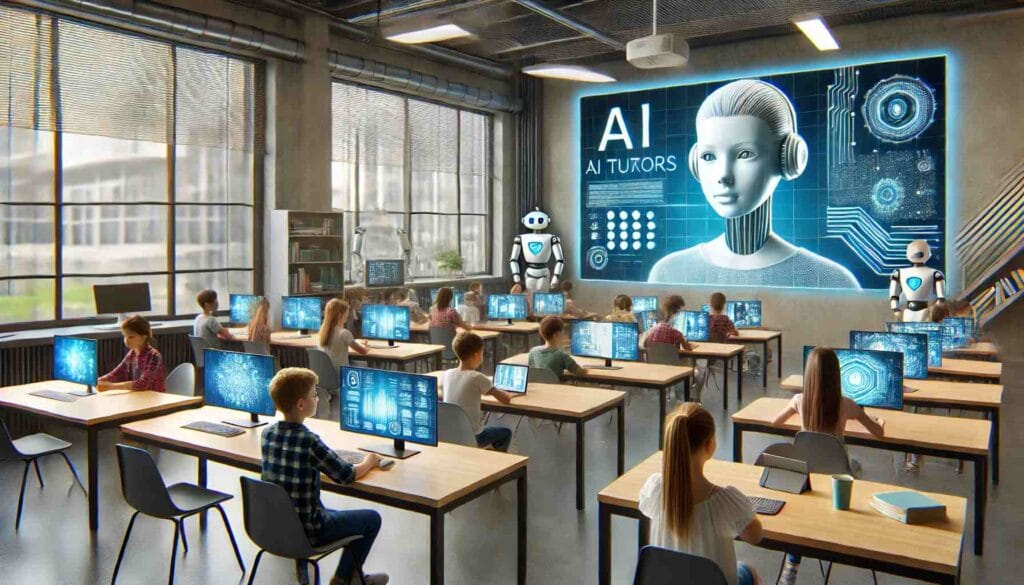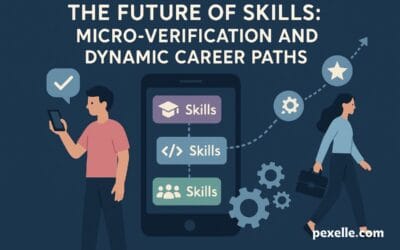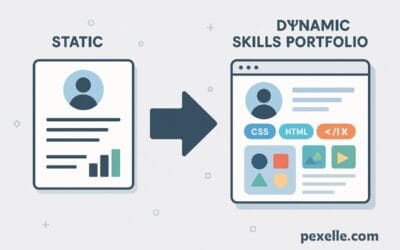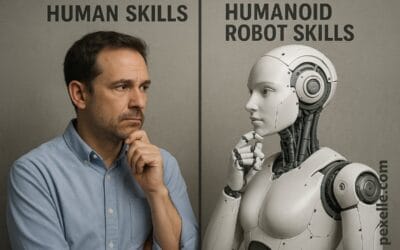The Impact of AI on Traditional Education: A New Era of Learning

Artificial Intelligence (AI) is revolutionizing industries across the globe, and education is no exception. As we enter an era of technological innovation, AI is transforming traditional education systems, which have long relied on traditional methods of teaching and learning. While some argue that AI may disrupt the conventional educational structure, others believe it can complement and enhance existing practices. In this article, we explore how AI is reshaping the landscape of education and the challenges it presents for traditional schools.
1. Personalized Learning
AI has the potential to create a more personalized learning experience for students. Traditional classrooms often operate on a one-size-fits-all model, which can leave some students behind while others may not be sufficiently challenged. AI-powered tools can analyze students’ progress, learning styles, and strengths, adapting lessons and assessments accordingly. This enables educators to tailor their approach to each individual, making learning more efficient and effective.
2. Automation of Administrative Tasks
Traditional schools are burdened with administrative tasks, such as grading, scheduling, and managing resources. AI can significantly reduce the time teachers and staff spend on these activities, allowing them to focus more on student engagement and teaching. Tools like automated grading systems and smart scheduling platforms are just the beginning of AI’s potential to streamline the administrative side of education.
3. Data-Driven Decision Making
AI can provide valuable insights based on data collected from students’ performance, behaviors, and engagement levels. By analyzing this data, AI can help educators identify at-risk students, understand the effectiveness of teaching methods, and make informed decisions about how to improve the overall learning experience. This data-driven approach can enhance both teaching and learning outcomes.
4. Enhanced Learning Tools
AI-powered tools, such as virtual tutors, chatbots, and language processing software, are making learning more interactive and accessible. These tools can support students outside the classroom, offering additional resources and assistance when needed. For instance, AI-powered language apps can help students improve their language skills by providing real-time feedback, while virtual tutors can offer personalized explanations to clarify complex concepts.
5. Challenges and Concerns
Despite its potential, the integration of AI into traditional education presents challenges. One of the main concerns is the potential for AI to replace human teachers. However, AI is not meant to replace educators but to assist them in delivering more effective and personalized instruction. Another challenge is the digital divide – not all students have access to the technology required for AI-powered education. This gap can create inequalities in the education system, limiting the benefits of AI to only those who can afford it.
Conclusion
AI has the potential to greatly enhance traditional education systems by personalizing learning, automating administrative tasks, providing valuable data insights, and offering new learning tools. While there are challenges to overcome, such as the digital divide and concerns about teacher replacement, AI can ultimately serve as a powerful tool that complements and supports educators, leading to a more efficient and effective educational experience for all.
Source : Medium.com




